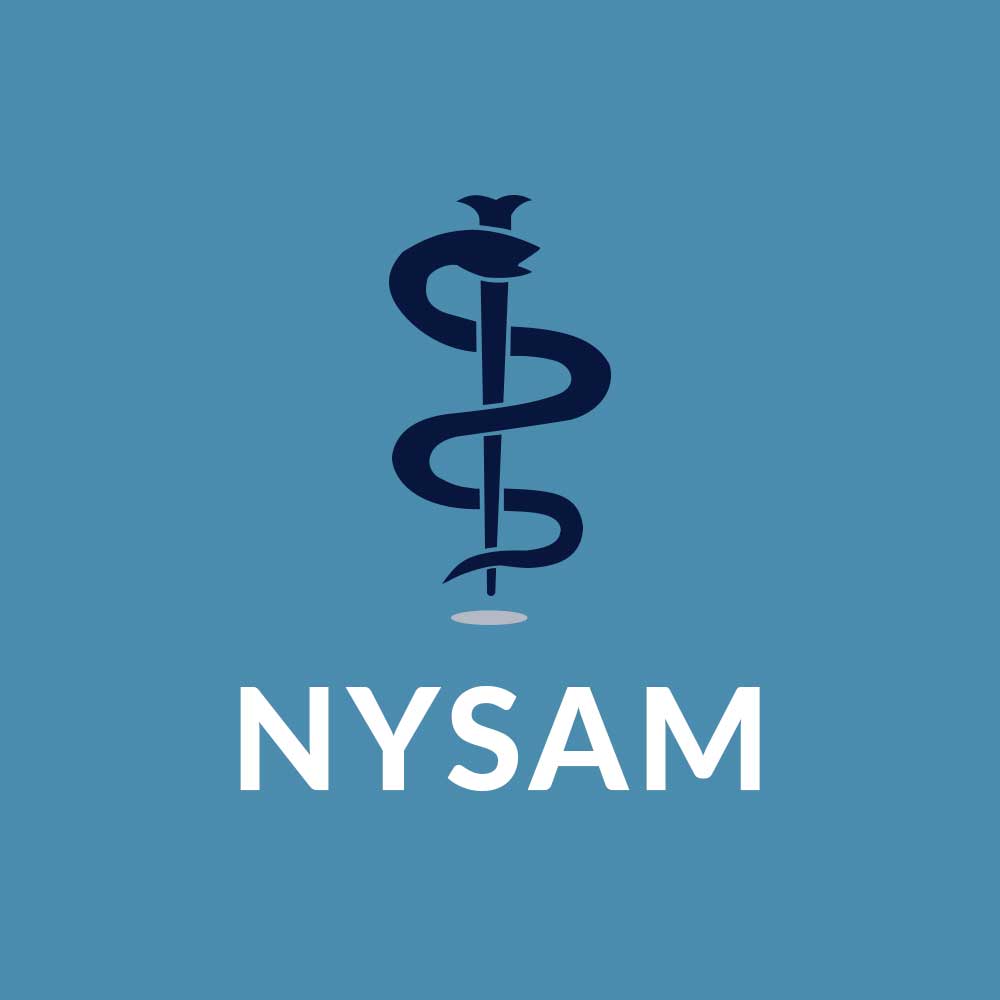On March 29th, the the U.S. Food and Drug Administration (FDA) approved the first nonprescription, “over-the-counter” (OTC) naloxone nasal spray, Narcan. This critical action paves the way for this life-saving medication to become available directly to consumers without a prescription. Please find more information from the HHS Press Office here, also included below.
The Biden-Harris Administration Takes Critical Action to Make Naloxone More Accessible and Prevent Fatal Overdoses from Opioids Like Fentanyl
Today, the U.S. Food and Drug Administration (FDA) approved the first nonprescription, “over-the-counter” (OTC) naloxone nasal spray, Narcan. Naloxone – a medicine that can reverse an opioid-related overdose – has been shown to be a critical tool to prevent fatal overdoses, connect more people to treatment for substance use disorder, and save lives. This action by the Biden-Harris administration to make this naloxone product available without a prescription will pave the way for the life-saving medication to be sold directly to consumers in places like drug stores, convenience stores, grocery stores and gas stations, as well as online.
“We can prevent overdoses and save lives by making naloxone more accessible, and at the same time, we can ensure equitable access to essential health care,” HHS Secretary Xavier Becerra said. “Today’s FDA action to allow access to naloxone without a prescription is another strong step forward in advancing HHS’s Overdose Prevention Strategy.”
HHS’s Overdose Prevention Strategy expands the scope of the crisis response and promotes groundbreaking research and evidence-informed methods to improve the health and safety of our communities. The Overdose Prevention Strategy helps advance the Biden-Harris Administration’s National Drug Control Strategy, which delivers on the call to action in President Biden’s Unity Agenda for a whole-of-government approach to beat the overdose epidemic.
Over the past year, the Biden-Harris Administration took unprecedented steps to expand access to naloxone and other harm reduction interventions, such as permitting the use of federal funding for state and local public health departments to purchase naloxone, focusing on state development of naloxone saturation plans, issuing guidance aimed at making it easier for harm reduction programs to obtain and distribute naloxone to at-risk populations, and prioritizing the review of nonprescription naloxone applications as appropriate. As a result of these actions, the latest CDC overdose data show a steady decrease or flattening of overdose reports for seven months in a row. To build on this progress, the Administration is focused on expanding access to naloxone, connecting more people with addiction to treatment, supporting people in recovery, and reducing the supply of illicit drugs like fentanyl.
With FDA approval of nonprescription Narcan, 4 milligram (mg) naloxone hydrochloride nasal spray, HHS will launch a department-wide approach to work with stakeholders to implement the Narcan switch from prescription to nonprescription status, facilitate the continued availability of naloxone nasal spray products during the time needed to implement the transition, and help ensure appropriate coverage and continued access to all forms of naloxone.
In addition to being used by healthcare professionals, naloxone is increasingly being distributed to first responders, and family members who may witness and respond to an opioid overdose. The availability of nonprescription and prescription naloxone could help to further increase its distribution and accessibility, potentially saving more lives and reducing the burden of opioid overdose on individuals, families, and communities.

